CCHF Research | Applications in the Material Sciences
Led by Simon Blakey
C–H functionalization has the potential to positively impact a broad range of materials science applications by improving the sustainability of material synthesis and by enabling the synthesis of new structures that have been prohibitively difficult to synthesize previously.
In particular, conjugated organic materials are used in organic electronics (specifically organic light emitting diodes, sensors, transistors and photovoltaic materials). They are also critically important in liquid-crystal display materials, as well as both second- and third-order nonlinear optical materials.
Traditional approaches to these materials routinely require several synthetic steps. Often halogenation and exchange of the halogen for another functionality on one of the reactants are required prior to C–C coupling. Other steps such as oxidation/reduction may also be involved. Circumventing these functional group manipulations by developing direct C–H functionalization protocols for regiospecific C–C bond formation would significantly impact both the cost and waste generation associated with materials synthesis, while the avoidance of stoichiometric toxic heavy-metal reagents (such as organotin derivatives) would also help in the sustainability of materials synthesis.
Other materials problems that could benefit from directed carbon–carbon bond formation through C–H functionalization, are in the areas of structural materials (specifically rigid polymers), and also surface modification of materials to change their wetting properties and to allow other materials to be covalently bonded to surfaces.
Related Publications:
-
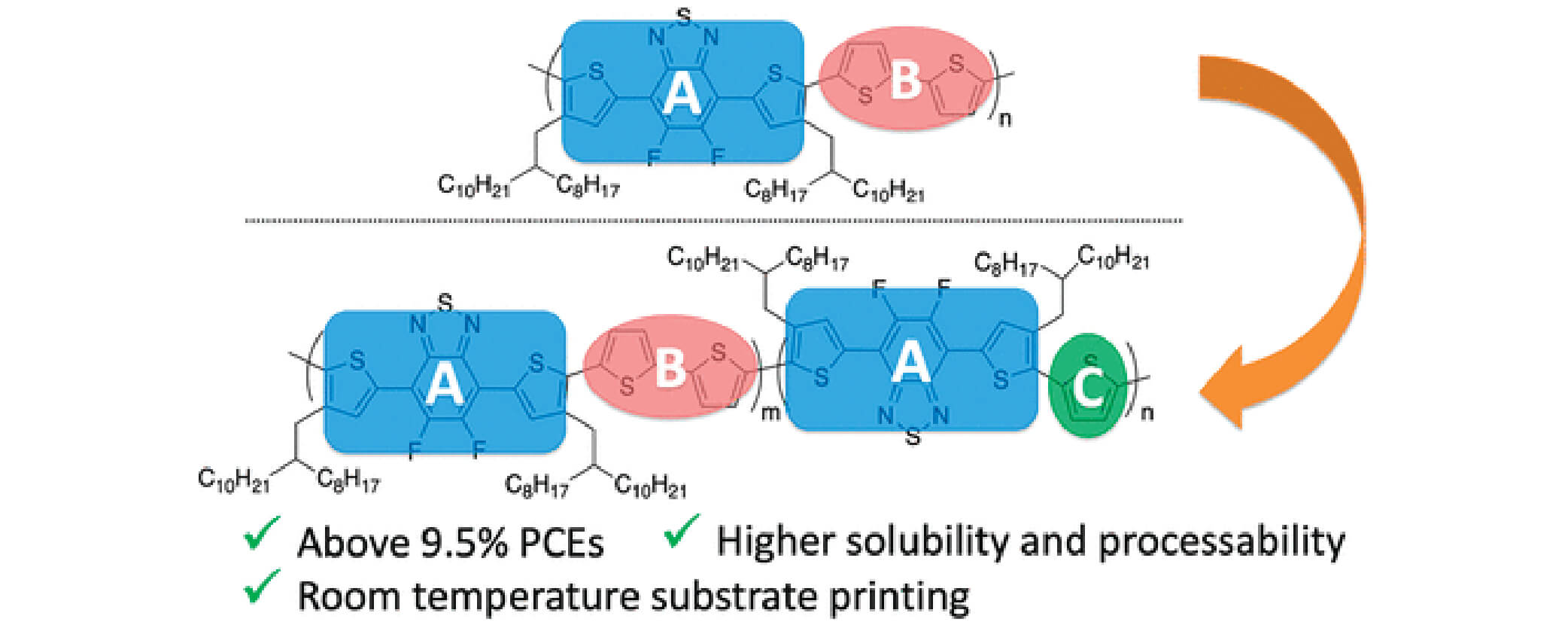
11/2018
Randomly Distributed Conjugated Polymer Repeat Units for High-Efficiency Photovoltaic Materials with Enhanced Solubility and Processability
RESEARCH
-
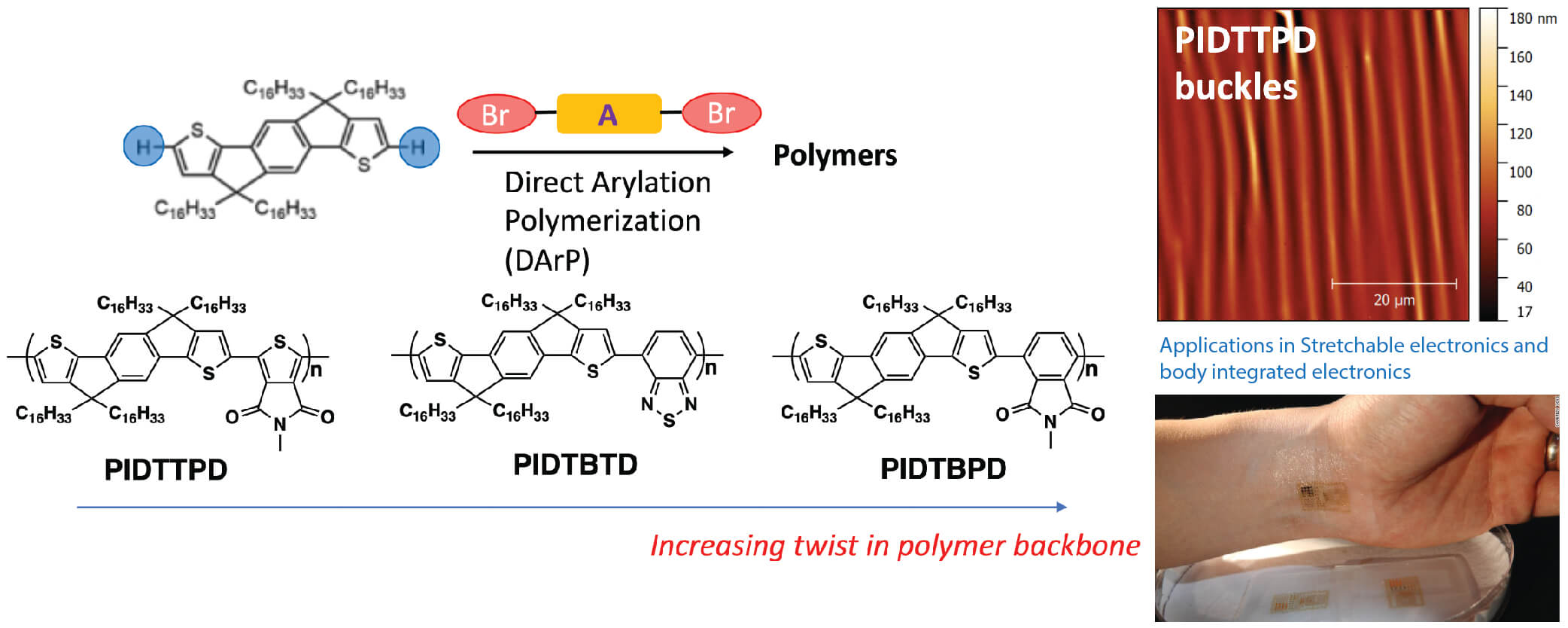
08/2018
Low Elastic Modulus and High Charge Mobility of Low-Crystallinity Indacenodithiophene-Based Semiconducting Polymers for Potential Applications in Stretchable Electronics
RESEARCH
-
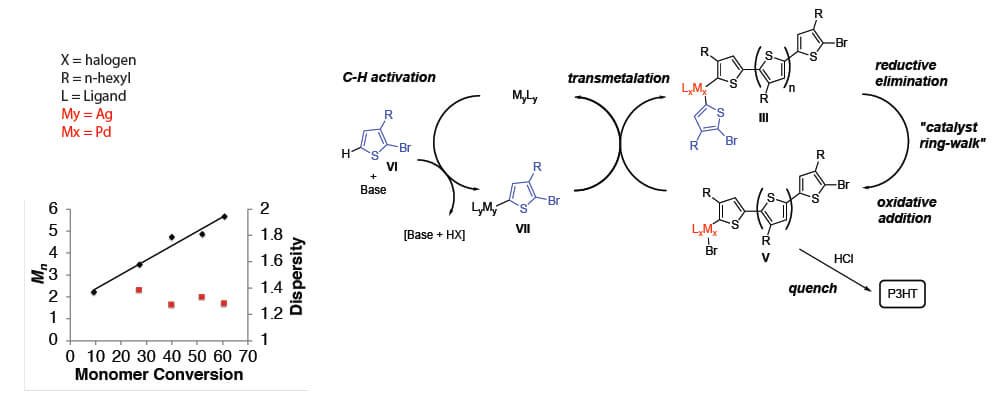
06/2018
Dual-Catalytic Ag–Pd System for Direct Arylation Polymerization to Synthesize Poly(3-hexylthiophene)
RESEARCH
-
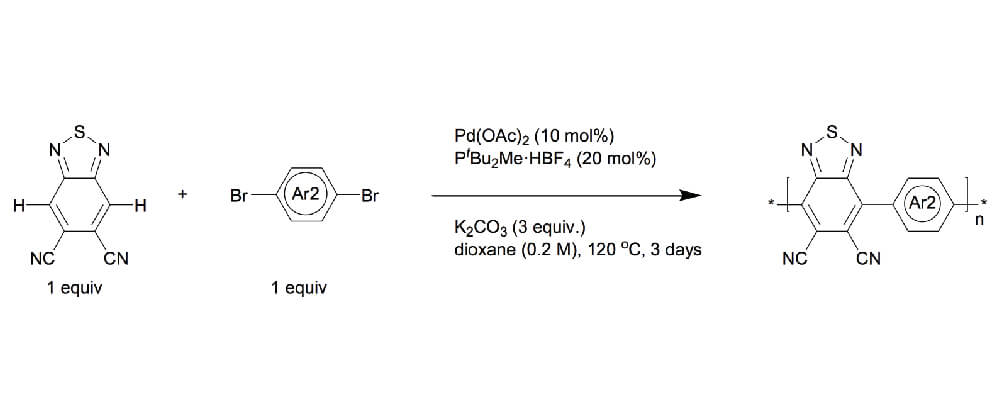
06/2018
The Direct Arylation Polymerization (DArP) of Well-Defined Alternating Copolymers Based On 5,6-dicyano[2,1,3] benzothiadiazole (DCBT)
RESEARCH
-
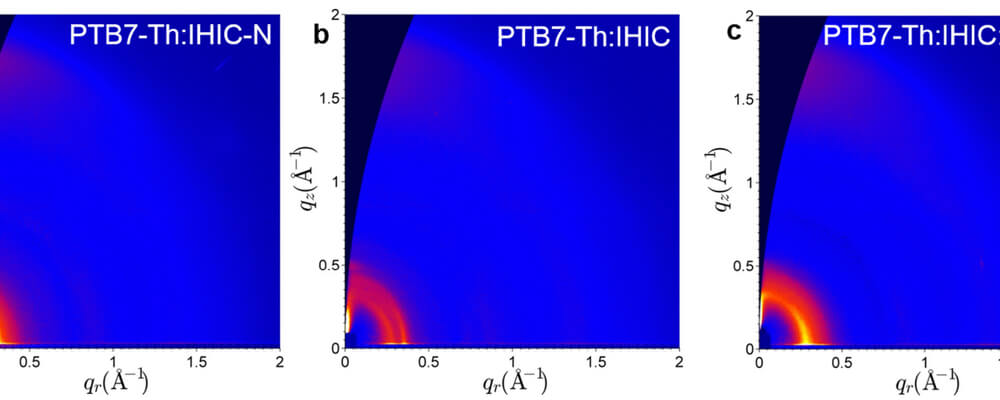
01/2018
Panchromatic Ternary Photovoltaic Cells Using a Nonfullerene Acceptor Synthesized Using C–H Functionalization
RESEARCH
-
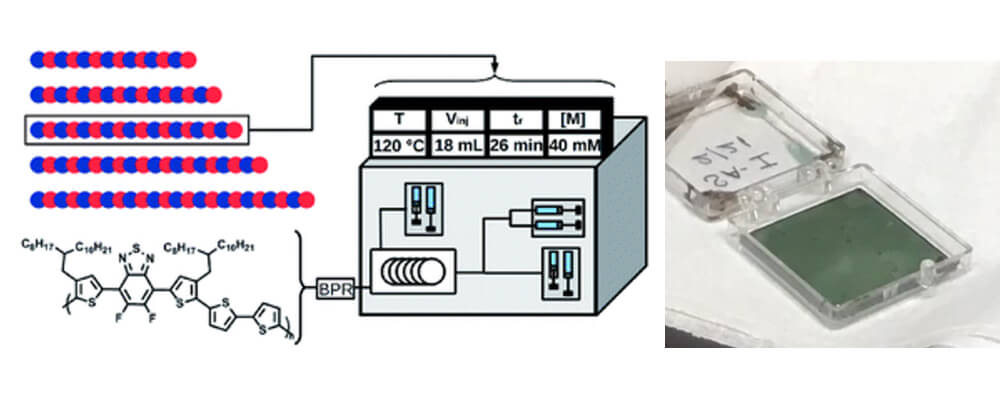
08/2017
Molecular weight tuning of low bandgap polymers by continuous flow chemistry: increasing the applicability of PffBT4T for organic photovoltaics
RESEARCH
-
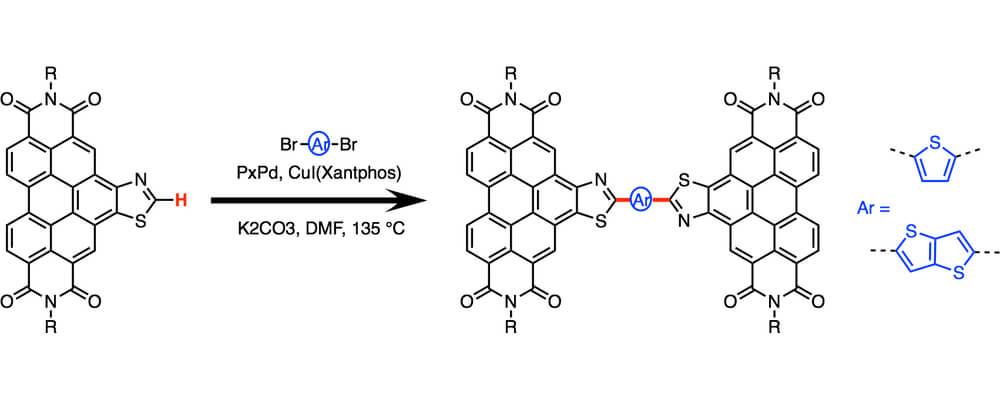
09/2017
Synthesis and C–H Functionalization Chemistry of Thiazole-Semicoronenediimides (TsCDIs) and -Coronenediimides (TCDIs)
RESEARCH
-
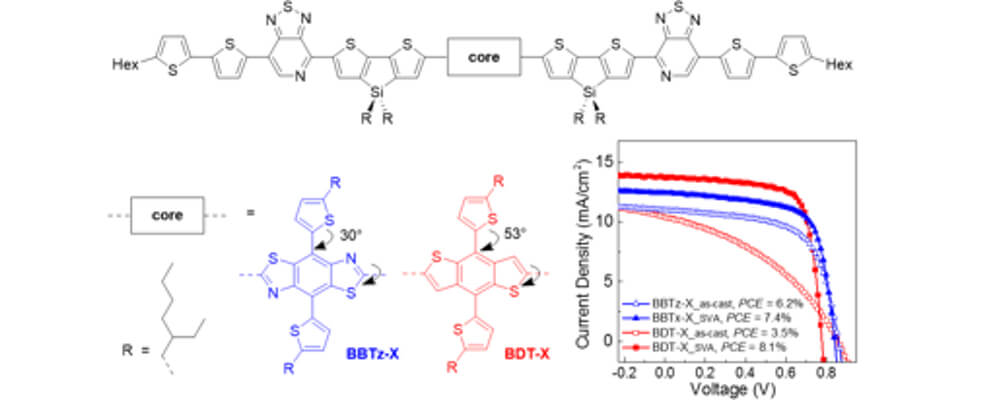
09/2017
Intermediate-Sized Conjugated Donor Molecules for Organic Solar Cells: Comparison of Benzodithiophene and Benzobisthiazole-Based Cores
RESEARCH
-
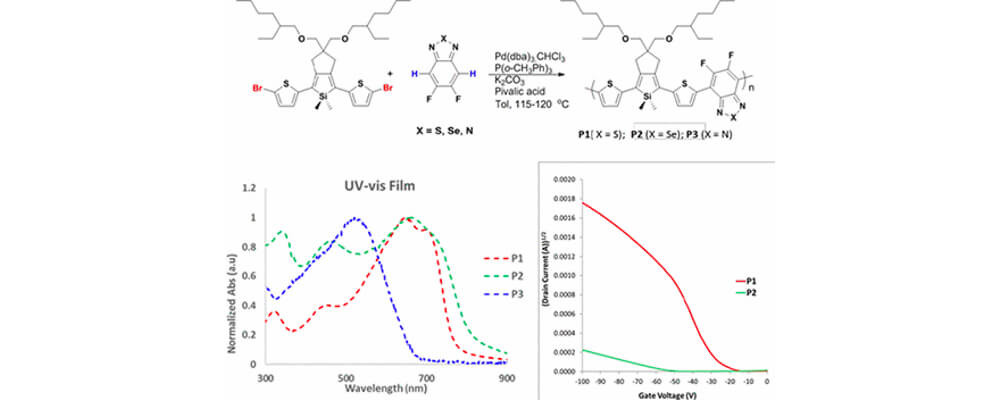
06/2017
Direct Arylation Polycondensation of 2,5-Dithienylsilole with a Series of Difluorobenzodiimine-Based Electron Acceptors
RESEARCH
-
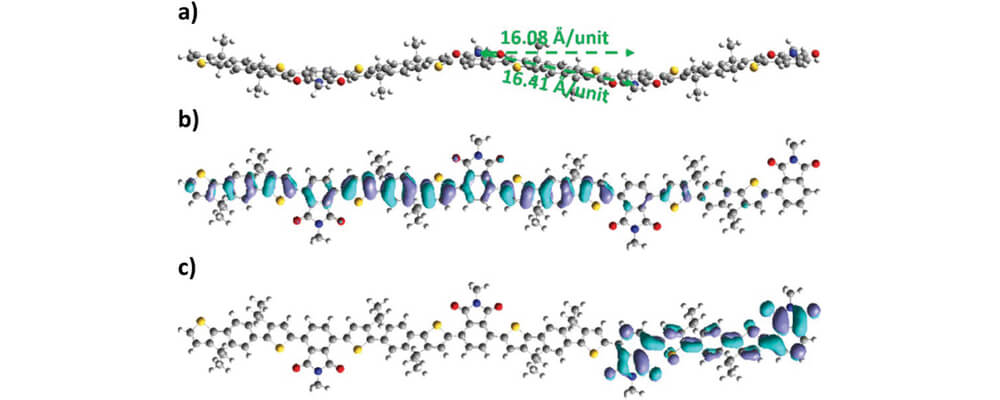
05/2017
An indacenodithiophene-based semiconducting polymer with high ductility for stretchable organic electronics
RESEARCH
-
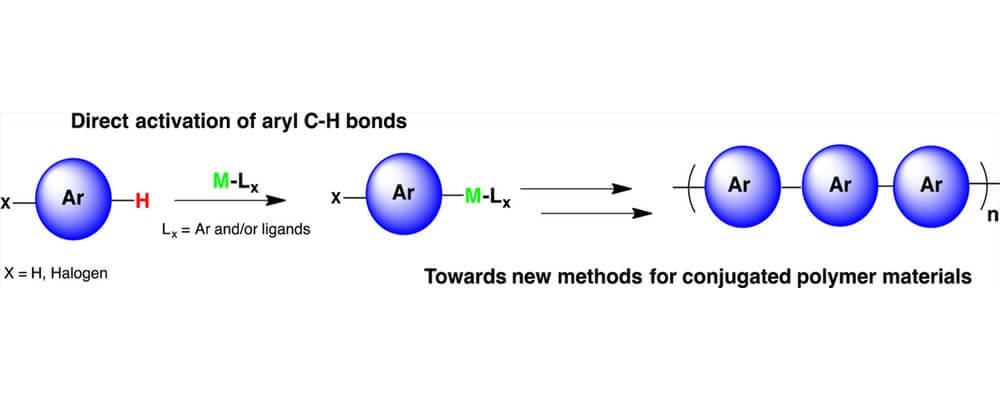
05/2016
C–H Arylation in the Synthesis of π-Conjugated Polymers
RESEARCH
-
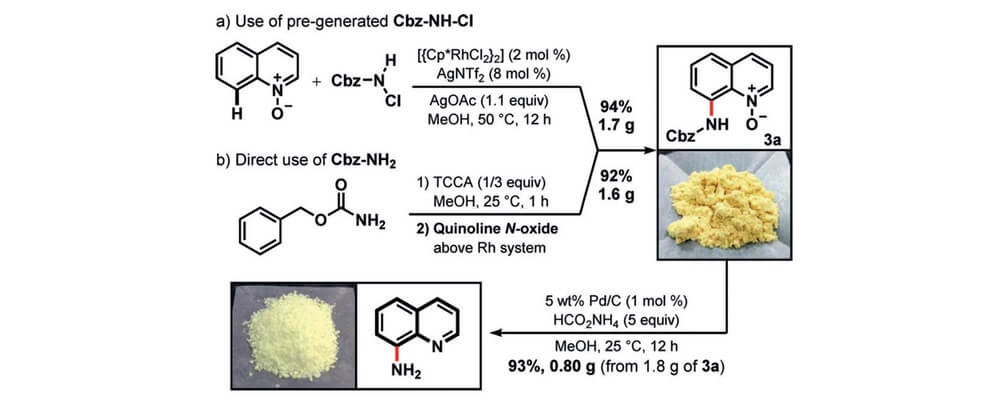
10/2015
Synthesis of 8-Aminoquinolines by Using Carbamate Reagents
RESEARCH
-
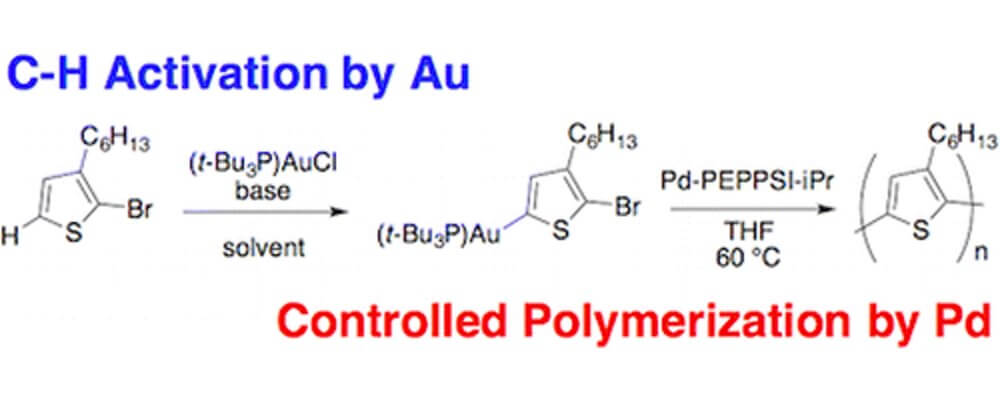
04/2016
Preparation of an Aurylated Alkylthiophene Monomer via C–H Activation for Use in Pd-PEPPSI-iPr Catalyzed-Controlled Chain Growth Polymerization
RESEARCH
-
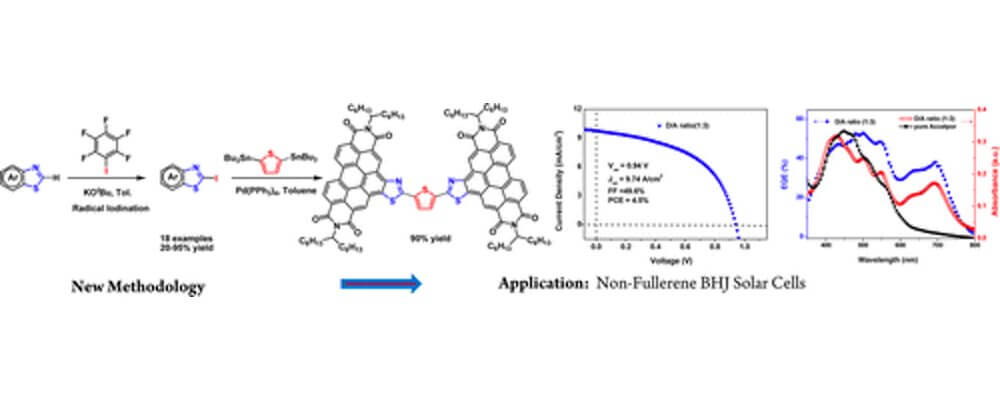
03/2016
KOtBu-Initiated Aryl C–H Iodination: A Powerful Tool for the Synthesis of High Electron Affinity Compounds
RESEARCH
-
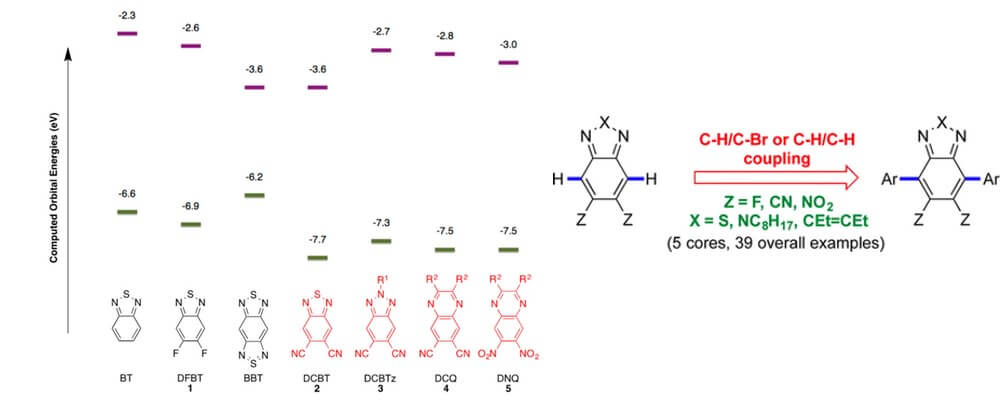
12/2015
C–H-Activated Direct Arylation of Strong Benzothiadiazole and Quinoxaline-Based Electron Acceptors
RESEARCH
-
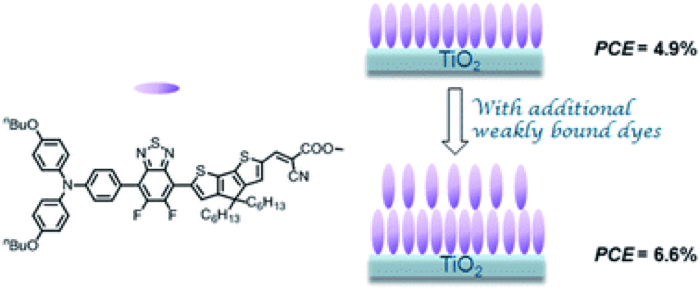
07/2014
Deposition of loosely bound organic D–A–π–A' dyes on sensitized TiO2 film
RESEARCH
-
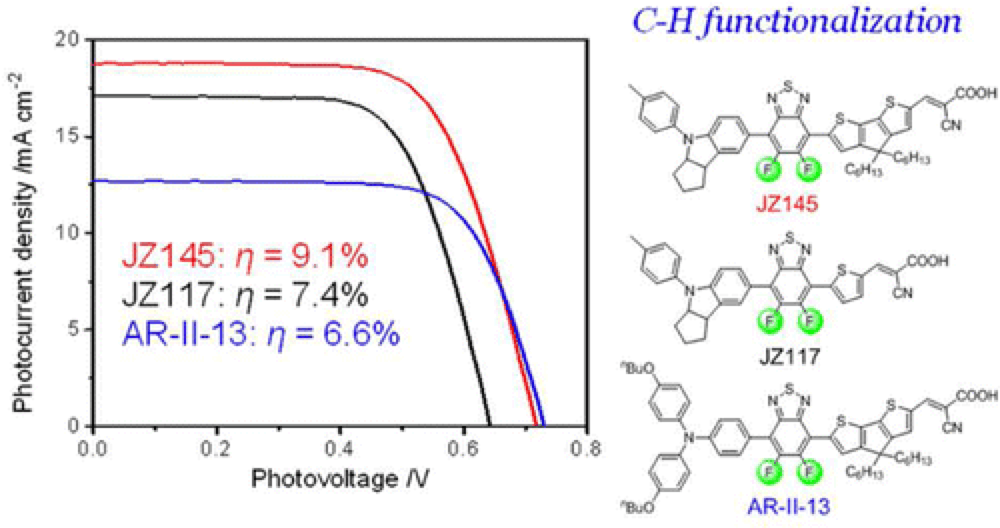
07/2014
Effect of Molecular Structure Perturbations on the Performance of the D−A−π−A Dye Sensitized Solar Cells
RESEARCH
-

06/2014
A C–H Functionalization Protocol for the Direct Synthesis of Benzobisthiazole Derivatives
RESEARCH
-
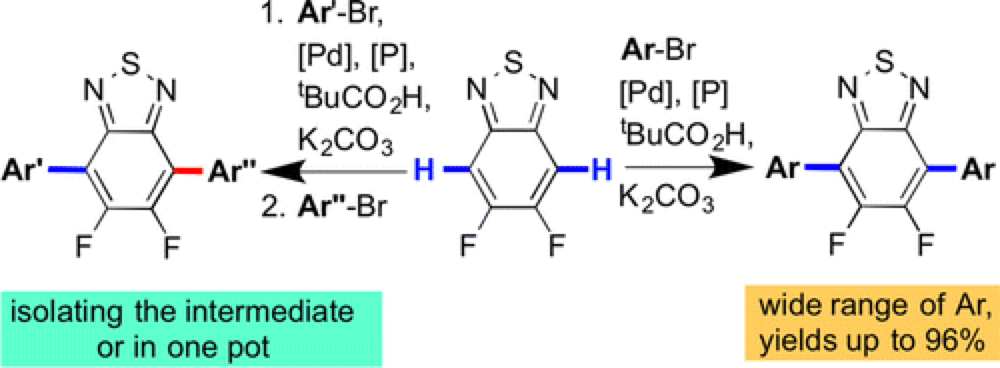
10/2013
Controllable Direct Arylation: Fast Route to Symmetrical and Unsymmetrical 4,7-Diaryl-5,6-difluoro-2,1,3-benzothiadiazole Derivatives for Organic Optoelectronic Materials
RESEARCH
-
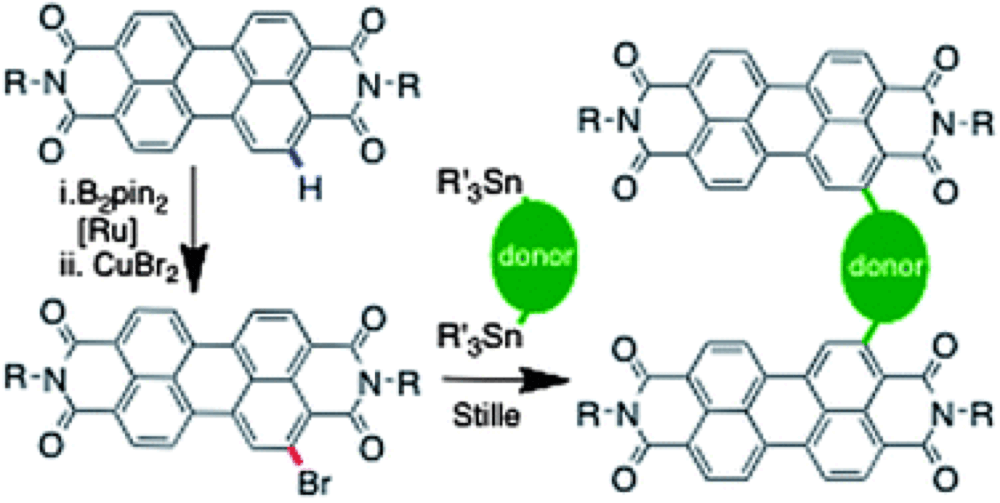
07/2013
2-Br PDI: synthesis using C–H activation and use in the synthesis of bis(perylene diimide)–donor electron-transport materials
RESEARCH
-

07/2013
C−H Arylation Reaction: Atom Efficient Syntheses of π‑Conjugated Small Molecules and Macromolecules for Organic Electronic Materials
RESEARCH
-
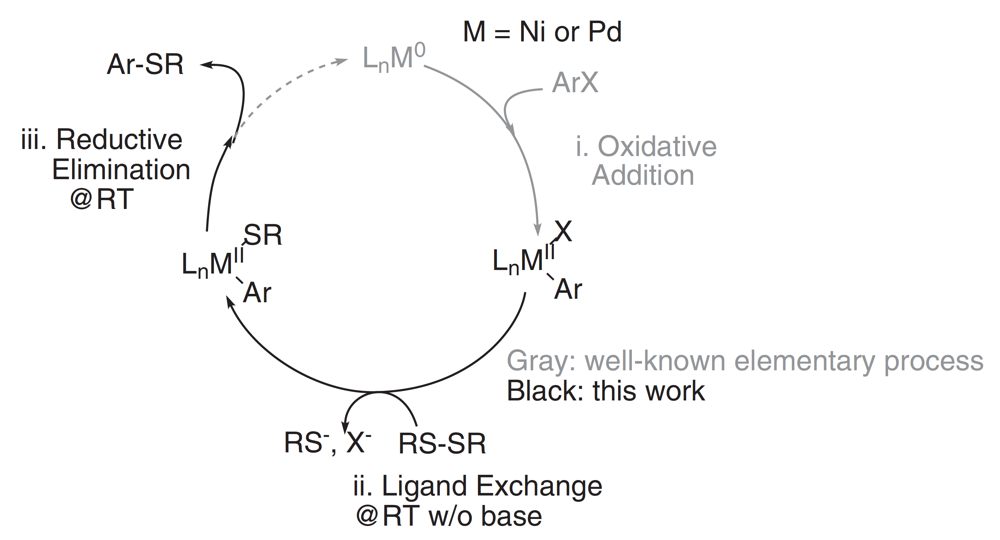
05/2013
Room-temperature carbon–sulfur bond formation from Ni(II) s-aryl complex via cleavage of the S–S bond of disulfide moieties
RESEARCH
-
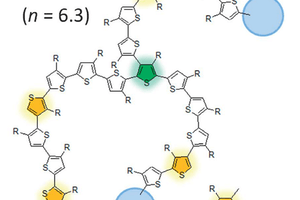
04/2013
Thiophene based hyperbranched polymers with tunable branching using direct arylation methods
RESEARCH